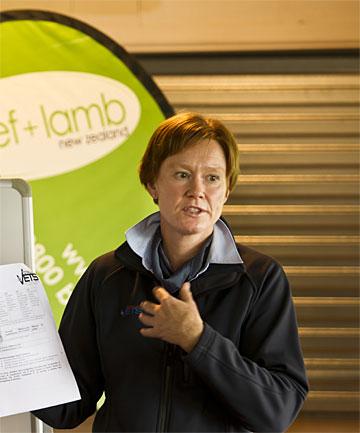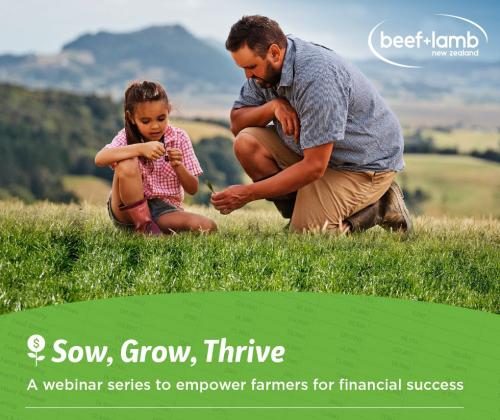Search results
Displaying 351 - 360 results of 895
- Resource bookfreshwater ecosystem health farm plan environment module 1 fp12025 resources made possible sheep beef farmer investment industry beef lamb new zealand liable any damage suffered result reliance …
- Other PDFvalidation landuse change from pastoral farming largescale forestry page 1 landuse change from pastoral farming largescale forestry update september 2024 orme associates limited validation landuse …
- Factsheet… calves animals under stress around calving weaning diagnosis treatment you suspect your …
- NewsBeef + Lamb New Zealand’s Mastering Your Farm Financials Workshop proved popular with farmers wanting to better understand the financial side of their business. The workshop was part of last year’s …

- PodcastGinny joins us to talk about some key issues for sheep farmers in any autumn, but in particular when feed is tight. We talk about internal parasites in lambs, what it takes to get a good lamb from a …

- PodcastFacilitated by Becks Smith (The Whole Story) our farmer panel share openly and honestly about navigating their way through, triggers and planning in their businesses, building a trusted team, looking …

- Editable PDF… weeks cattle performance sell 100 beef cows weaning replace 18mth bulls kill bulls …
- environment canterbury submission proposed canterbury land water plan change 7 beef lamb new zealand ltd 13 september 2019 submission proposed plan change 7 canterbury land water regional plan …
- Factsheet0800 beeflamb 0800 233 352 wwwbeeflambnzcom farmers farmers rumen acidosis disorder usually occurs sheep introduced rapidly grain feeding have been grazed stubble paddocks where lot grain left after …
- Industry data… farmers reported disappointing lamb growth weaning weights were expected down hopes good … cause fewer lambs reach target weights weaning drafts record high prices during … own lambs given slow start spring lower weaning weights otagosouthland farmer morale …